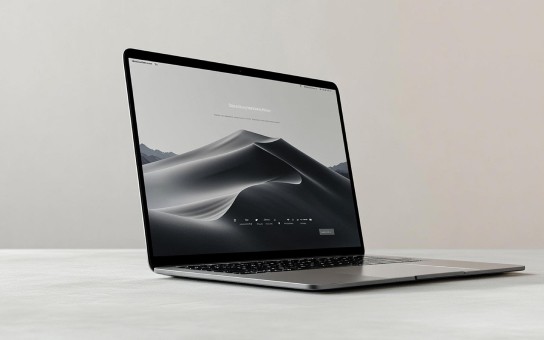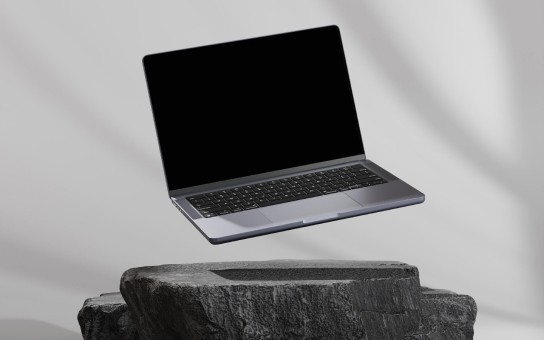Vet360 Medical Records Revamp Product Design Case Study
Vet360, a veterinary SaaS platform, faced significant challenges with its outdated Medical Records (MR) module. The existing process was rigid, time-consuming, and disconnected from key operational workflows like invoicing, lab integrations, and prescriptions. As the Product Designer, I led the complete redesign, transforming complex medical workflows into a streamlined, flexible, and efficient system tailored for veterinarians, paravets, and clinic staff.
SAAS
6 Months
VET 360

The Problem
Inefficient Workflows:
Manual data entry through long, fixed forms slowed down veterinarians during consultations.Lack of Integration:
Disconnected invoicing, lab reports, and prescriptions led to duplicated efforts and operational delays.No Flexibility:
Doctors couldn’t customise records to match their workflow, leading to frustration.Collaboration Issues:
No system for managing multiple users accessing/editing records.Poor Access to Historical Data:
Timeline and past medical records were hard to navigate, reducing care efficiency.
My Role
Owned the end-to-end design process.
Conducted competitor analysis (Notion, Google Docs, Excel) to inspire flexible, modular design.
Led user research through interviews with veterinarians and stakeholders.
Created wireframes, prototypes, and high-fidelity UI in Figma.
Delivered detailed specs to developers via Jira and Notion.
Collaborated with PMS and devs to resolve implementation challenges.
Conducted design reviews and iterations based on feedback.
Design Process
1. Discovery & Research
Identified pain points through direct interviews with doctors, paravets, and admin staff.
Mapped workflows to uncover inefficiencies in the existing MR system.
2. Competitor Benchmarking
Studied flexible documentation tools to design a modular editor that balances freedom with medical structure.
3. Ideation & Wireframing
Explored multiple design directions to address customisation, integration, and ease of use.
4. Prototyping & Testing
Developed interactive prototypes and validated them with end-users.
4. Collaboration & Delivery
Provided developers with component libraries and design guidelines.
Supported implementation through ongoing reviews.
Design Process
1. Discovery & Research
Identified pain points through direct interviews with doctors, paravets, and admin staff.
Mapped workflows to uncover inefficiencies in the existing MR system.
2. Competitor Benchmarking
Studied flexible documentation tools to design a modular editor that balances freedom with medical structure.
3. Ideation & Wireframing
Explored multiple design directions to address customization, integration, and ease of use.
4. Prototyping & Testing
Developed interactive prototypes and validated them with end-users.
5. Collaboration & Delivery
Provided developers with component libraries and design guidelines.
Supported implementation through ongoing reviews.
Feature Breakdown Problem & Solution
Flexible Medical Record Editor
Problem:
Vets were stuck with rigid forms that didn’t adapt to different types of visits.
Solution:
Designed a block-based editor using Editor.js where users could:
Add/remove sections like Vitals, Procedures, Medicines.
Use multiple tabs for complex visits.
Apply categories (Consultation, Surgery, etc.) for better organization.
Key Screens:
MR Editor Interface
Categories Selection
Template Management
Problem:
Repetitive data entry for common procedures.
Solution:
Introduced customizable templates for frequent visit types:
Quick loading of pre-set structures.
Settings panel to manage templates at a hospital level.
Key Screens:
Template List
Template Edit Screen
Category Settings
Invoice Integration
Problem:
Manual invoicing led to delays and errors.
Solution:
Automated real-time invoice previews linked to MR entries:
Medicines, procedures, and tests auto-populate the invoice.
Clear distinction between dynamic previews and finalized invoices.
Key Screens:
Invoice Preview
Final Invoice State
Multi-User Editing & Conflict Resolution
Problem:
No system for handling simultaneous access by multiple users.
Solution:
Designed a viewer/editor protocol:
Only one active editor at a time.
Edit requests with a 120-second timer.
Real-time viewing for others.
Key Screens:
Edit Request Flow
Viewer/Editor Status Indicators
Follow-Up Flow
Problem:
Doctors had to rely on reception for scheduling follow-up appointments.
Solution:
Integrated a Follow-Up modal directly within the MR:
Pre-filled client/pet/doctor info.
Calendar and time-slot selection.
Key Screen:
Follow-Up Appointment Modal
Timeline Revamp & Legacy SOAP Integration
Problem:
Records were hard to navigate, and legacy SOAP notes weren’t integrated.
Solution:
Redesigned the timeline with:
Card-based UI for quick access.
Integrated both new MR and legacy SOAP formats.
Enabled copy-paste from records.
Key Screens:
Timeline View
SOAP Section
Old Visit Preview
Lab Reports & Attachments
Problem:
Lab reports were disconnected from patient records.
Solution:
Integrated LabLink and manual upload options.
Supported multiple file types (PDF, images, videos).
Easy management of reports within the MR.
Key Screens:
Test & Reports Section
Internal Documents Upload
Medicines, Vaccinations & Anti-Parasitic Management
Problem:
Complex medication entries and vaccination tracking were error-prone.
Solution:
Structured input for dosages, durations, and billing quantities.
Automatic linkage to invoices.
Deferment handling for Rabies compliance.
Key Screens:
Medicines Section
Vaccination Tables
Deferment Screen
Future Scope (Planned Enhancements)
Auto-Save: Similar to Google Docs, planned for future phases.
PDF Export: Enabled for MR, prescriptions, and lab reports.
Reminders System: Automated notifications for follow-ups, vaccinations, etc.
Impact
Reduced MR creation time by 50%.
Automated workflows saved hours weekly across billing and lab management.
Improved collaboration and reduced editing conflicts.
Positive user feedback on flexibility and ease of use.
Better patient care through streamlined access to historical data.
Lab Reports & Attachments
Problem:
Lab reports were disconnected from patient records.
Solution:
Integrated LabLink and manual upload options.
Supported multiple file types (PDF, images, videos).
Easy management of reports within the MR.
Key Screens:
Test & Reports Section
Internal Documents Upload
Conclusion
The Vet360 Medical Records Revamp was a complex but rewarding project. By focusing on user pain points and leveraging modern design principles, I delivered a flexible, efficient, and user-centric solution that improved operational workflows and user satisfaction across veterinary clinics.








